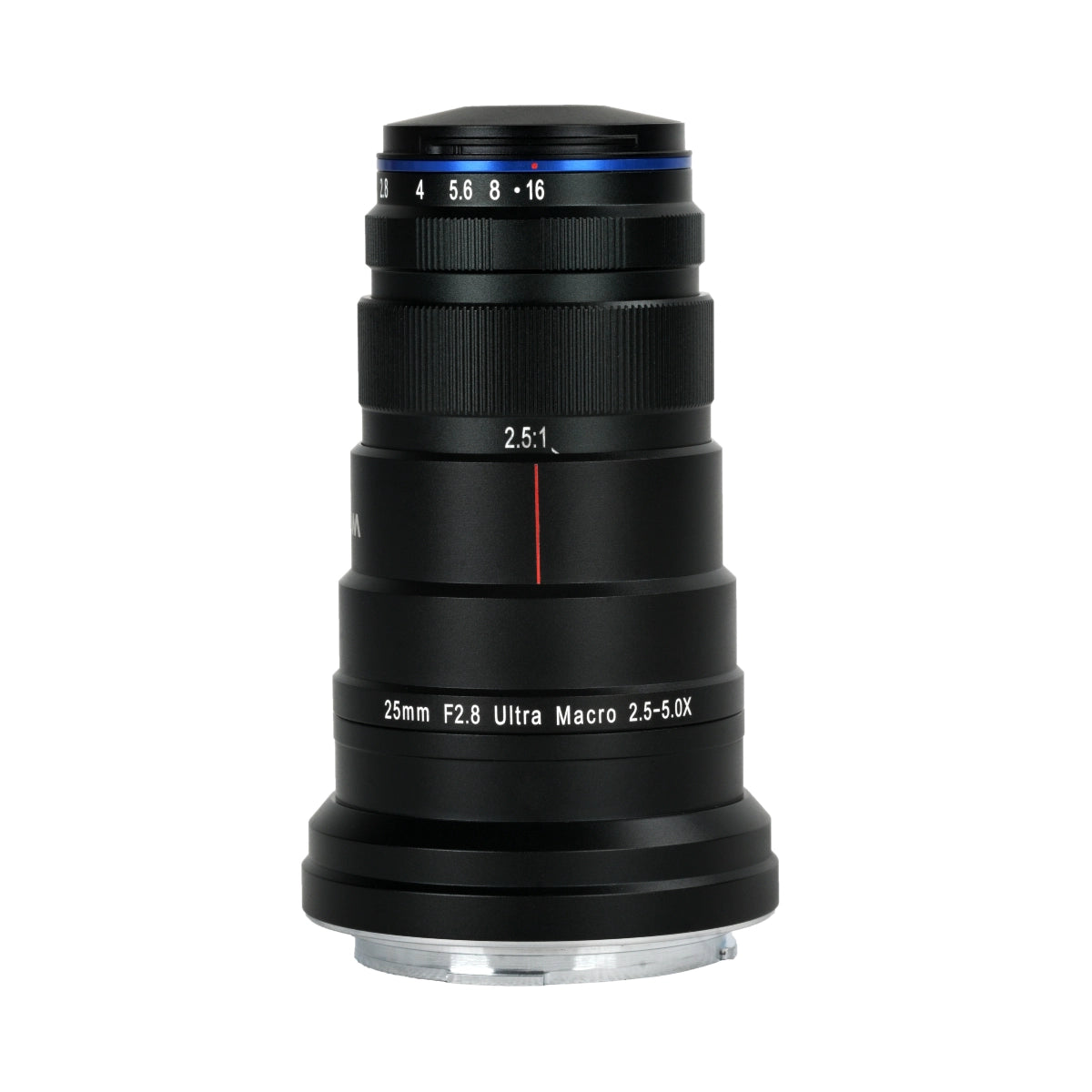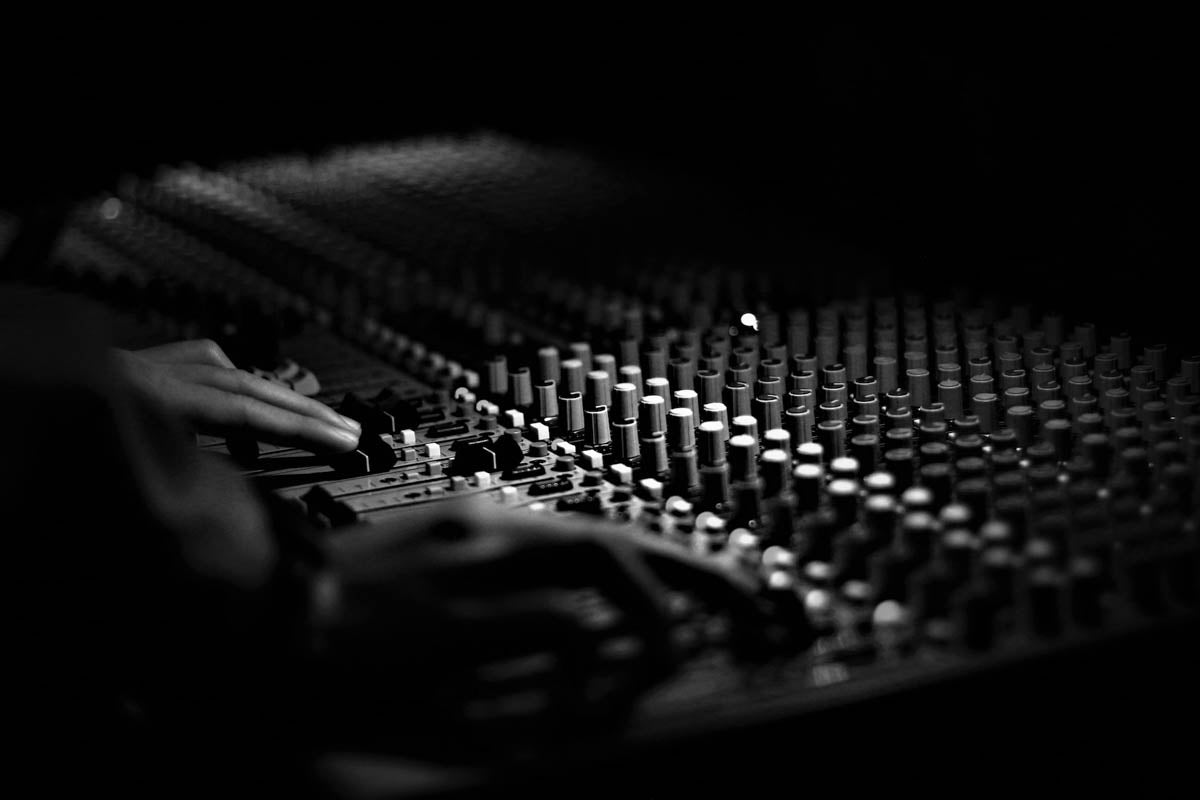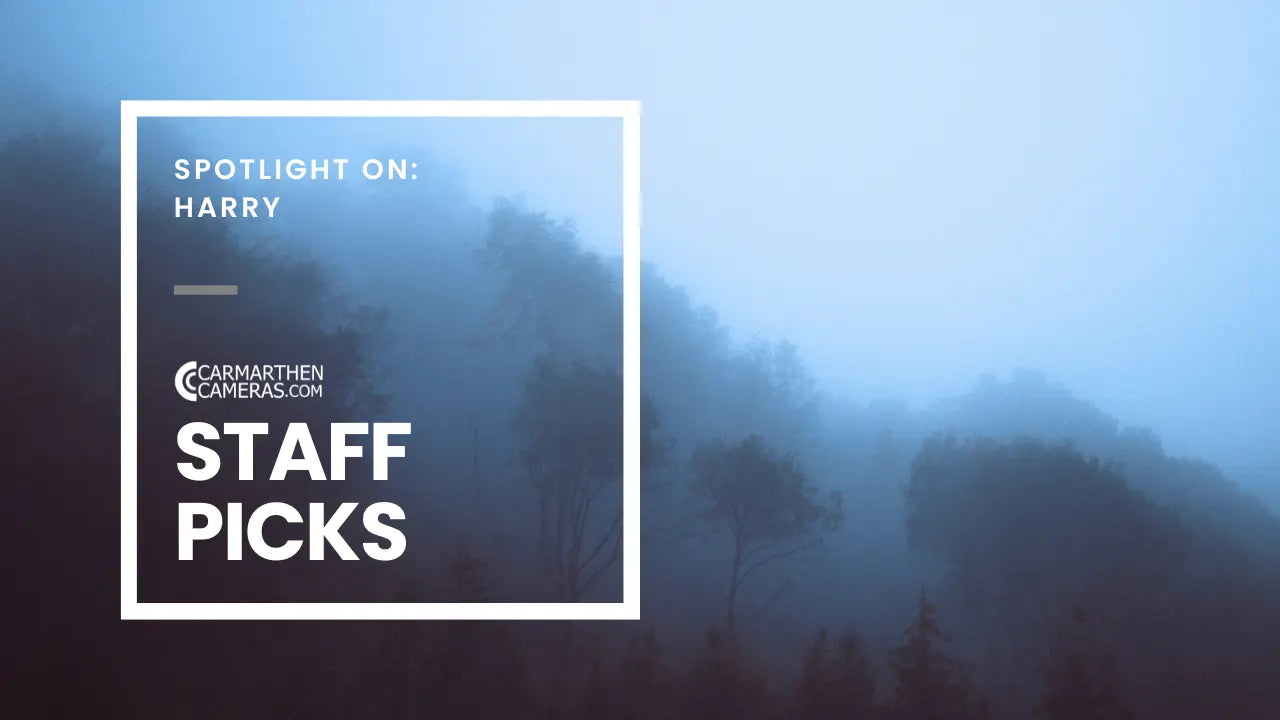Product Description
Laowa 25mm f/2.8 2.5-5X Ultra Macro Lens – The Ultimate High-Magnification Macro Tool
Compact, Versatile, and Precision-Engineered for Extreme Macro Photography
The Laowa 25mm f/2.8 2.5-5X Ultra Macro Lens is a specialist lens designed for extreme close-up imaging, delivering greater-than-life-size macro photography. With its optimized 2.5X – 5X magnification range, this lens allows photographers to capture intricate details with stunning clarity and depth, making it an essential tool for scientific, nature, and creative macro photography.

Unrivalled High Magnification with Extended Working Distance
- 2.5X to 5X magnification provides extreme close-up capabilities beyond standard macro lenses.
- Extended working distance of 45mm at 2.5X and 40mm at 5X, allowing for easier lighting setup and greater subject control.
- Compact lens barrel ensures sufficient light reaches the subject, making it more practical for field and studio use.
Exceptional Optical Performance for Unmatched Detail
- 8 elements in 6 groups, including an extra-low dispersion element, to reduce chromatic aberration and ensure edge-to-edge sharpness.
- Minimised colour fringing and distortion for ultra-high image clarity, even at maximum magnification.
- Wide-angle macro design enhances depth of field, providing more focus across extreme close-up shots compared to traditional telephoto macro lenses.

Compact & Lightweight – Ideal for Field and Studio Work
- One of the smallest and lightest high-magnification macro lenses available, making it perfect for handheld or tripod-mounted shooting.
- Unlike larger macro lenses, its compact barrel allows more light to reach the subject, reducing the need for excessive external lighting.
- Perfect for professional and hobbyist macro photographers who need a portable, high-performance macro lens.

Designed for Precision & Control
- Manual focus operation for fine adjustments at high magnifications, ensuring pinpoint accuracy.
- Minimum focus distance of 6.8 inches (17.3cm) at 5X magnification for intricate close-up compositions.
- Optional LED Ring Light and Tripod Collar available for enhanced stability and precision.

Perfect for Extreme Macro Photography
- Nature & Wildlife Macro – Capture stunning details of insects, flowers, and microscopic textures.
- Scientific & Commercial Applications – Perfect for forensic photography, product detail shots, and fine art macro work.
- Creative Abstract Photography – Experiment with textures, reflections, and fine details for unique compositions.

A Must-Have Lens for Macro Enthusiasts
The Laowa 25mm f/2.8 2.5-5X Ultra Macro Lens is the go-to choice for photographers seeking ultra-high magnification in a compact, lightweight design. Its outstanding optical performance, superior depth of field, and extended working distance make it an indispensable tool for extreme close-up photography.
Push the boundaries of macro photography with the Laowa 25mm f/2.8 2.5-5X Ultra Macro Lens – where precision meets innovation.
Payment & Security
Your payment information is processed securely. We do not store credit card details nor have access to your credit card information.






















